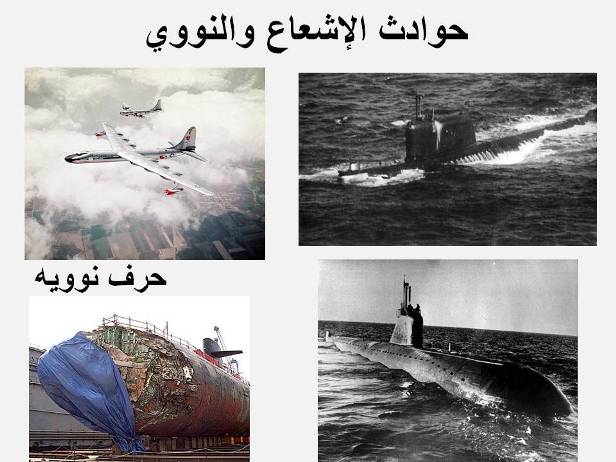| front |1 |2 |3 |4 |5 |6 |7 |8 |9 |10 |11 |12 |13 |14 |15 |16 |17 |18 |19 |20 |21 |22 |23 |24 |25 |26 | 27|28 |29 |30 |31 |32 |33 |34 |35 |36 |37 ||38 |39 |40 |41 |42 |43 |44 |45 |46 |47 |48 |49 |50 |51 |52 |53 |54 |review |
 |
Nuclear accidents are classified either as "loss of control" (loss of regulation) accidents in which an uncontrolled chain reaction may occur, or as "loss of coolant accidents". There have been ten nuclear accidents in the entire period that Soviet nuclear submarines have been in operation, one of which occurred in 1970 during the construction of K-329, a vessel of the Charlie-I class. There were two incidents during refuelling operations on K-11 and K-431, another during repairs of a naval reactor at the shipyard (K-140), one during modifications of the submarine (K-222), four during operations at sea, and one during reactor shut down (K-314). Two of the accidents occurred on Pacific Fleet submarines, seven at the Northern Fleet, and one at the shipbuilding yard in Nizhny Novogorod. . Following air accidents U.S. nuclear weapons have been lost near Atlantic City, New Jersey (1957); Savannah, Georgia (1958) (see Tybee Bomb);Goldsboro, North Carolina (1961); off the coast of Okinawa (1965); in the sea near Palomares, Spain (1966) (see 1966 Palomares B-52 crash); and near Thule, Greenland (1968) (see 1968 Thule Air Base B-52 crash). Most of the lost weapons were recovered, the Spanish device after three months' effort by the DSV Alvin and DSV Aluminaut. The Soviet Union was less forthcoming about such incidents, but the environmental group Greenpeace believes that there are around forty non-U.S. nuclear devices that have been lost and not recovered, compared to eleven lost by America, mostly in submarine disasters. The U.S. has tried to recover Soviet devices, notably in the 1974 Operation Jennifer using the specialist salvage vessel Hughes Glomar Explorer. On January 27, 1967, more than 60 nations signed the Outer Space Treaty, banning nuclear weapons in space. The end of the Cold War failed to end the threat of nuclear weapon use, although global fears of nuclear war reduced substantially. |